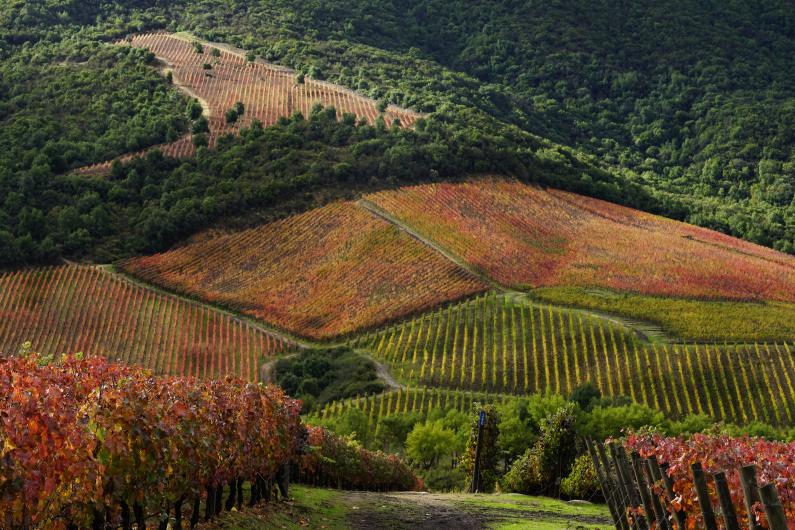Lapostolle Cuvée Alexandre Carmenère

Wine Description
Named to honor the family’s legacy of fine wines and spirits dating back to 1827, the Cuvée Alexandre wines are produced entirely from Apalta estate grapes.
 Acclaim
Acclaim
 Vineyard & Production Info
Vineyard & Production Info
 Winemaking & Aging
Winemaking & Aging
 Analytical Data
Analytical Data
 Wine Production
Wine Production
To express the terroir of Apalta is our mission, so our winemaking philosophy remains a very natural process with minimal intervention. Our key points are 100% hand harvesting in small cases of 14 kilos and strict fruit selection by optical state of the art grape selection by Vistalys. A gentle extraction and a judicious use of oak to preserve the fruit but integrate the complexity that a wine of this quality deserves. All fermentations were made with native yeasts.
 About the Vineyard
About the Vineyard
The Apalta DO lies within a projection of the Coastal Cordillera, a small mountain range of decomposed granite between the Andes and the Pacific Ocean within the Colchagua Valley. The family’s estate – the ‘Clos’ – is protected by a horseshoe-shaped mountain that shelters vines from the extreme influences of the Andes and Pacific.
The hills provide relief from the afternoon sun in summer, creating slightly cooler conditions than the rest of the valley. Below, the Tinguiririca River cuts along the valley, providing natural drainage for winter rains. Here, conditions are perfect for elegant, complex wines with great structure, depth, color, and aging potential.







